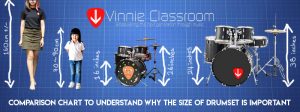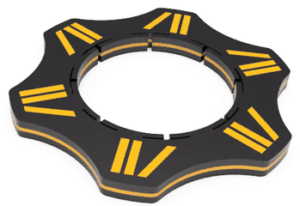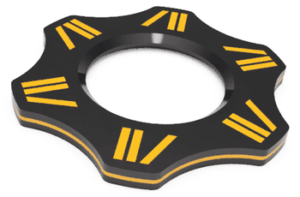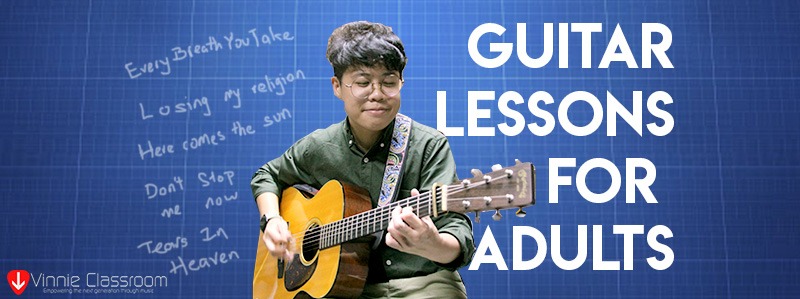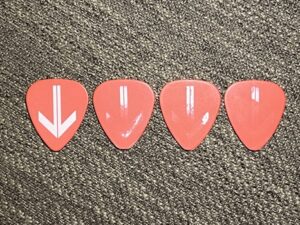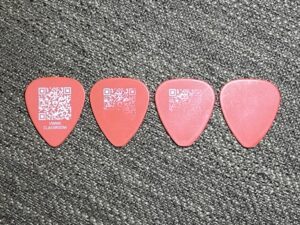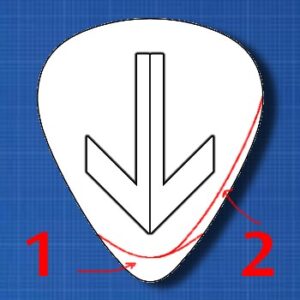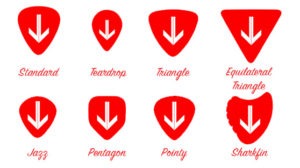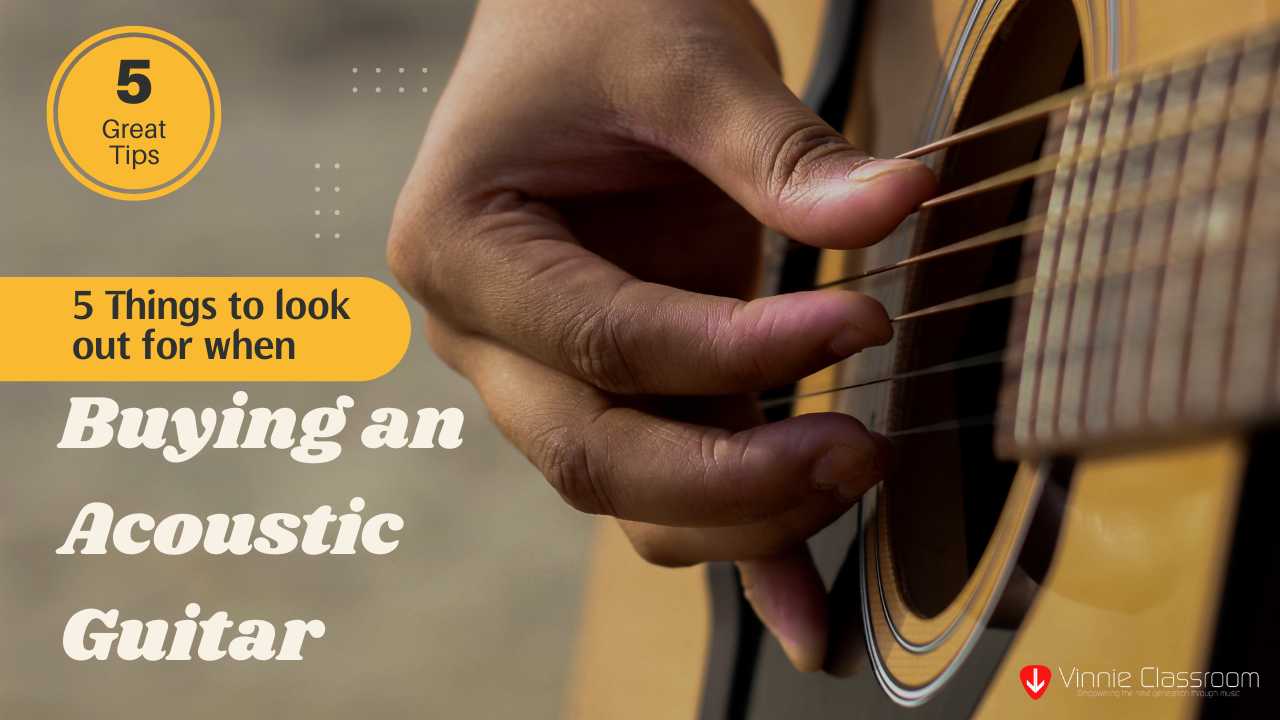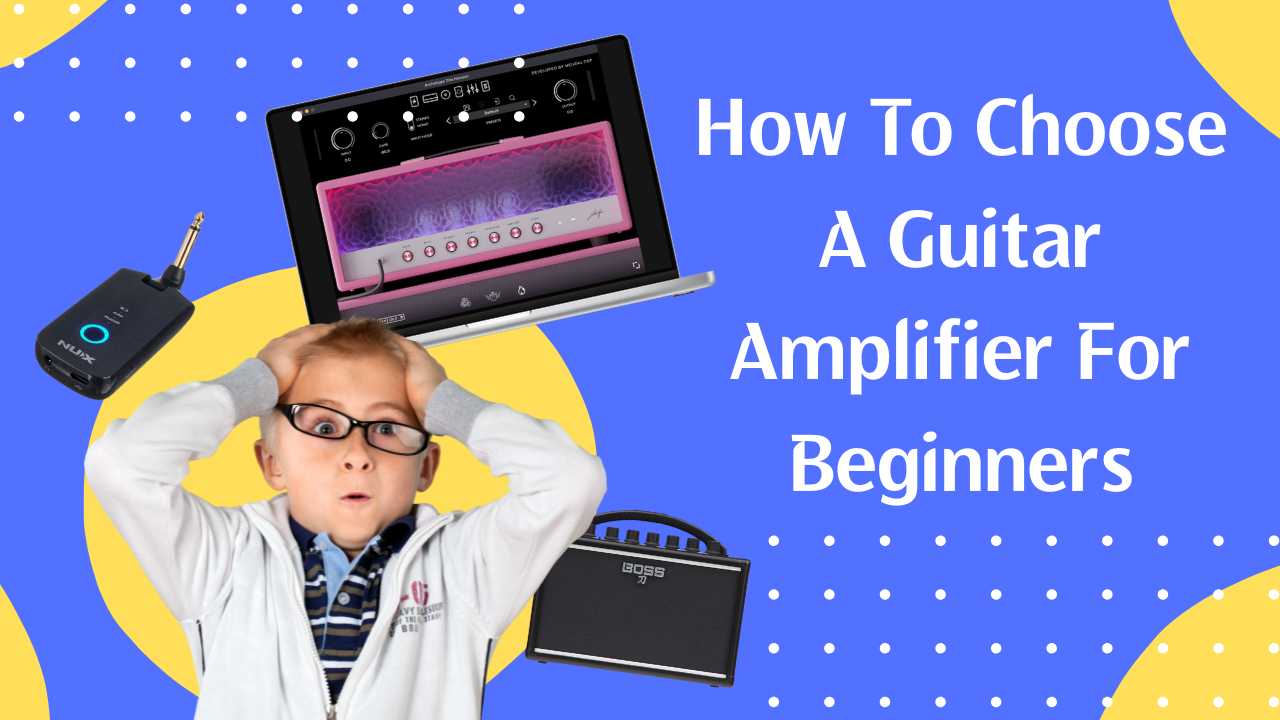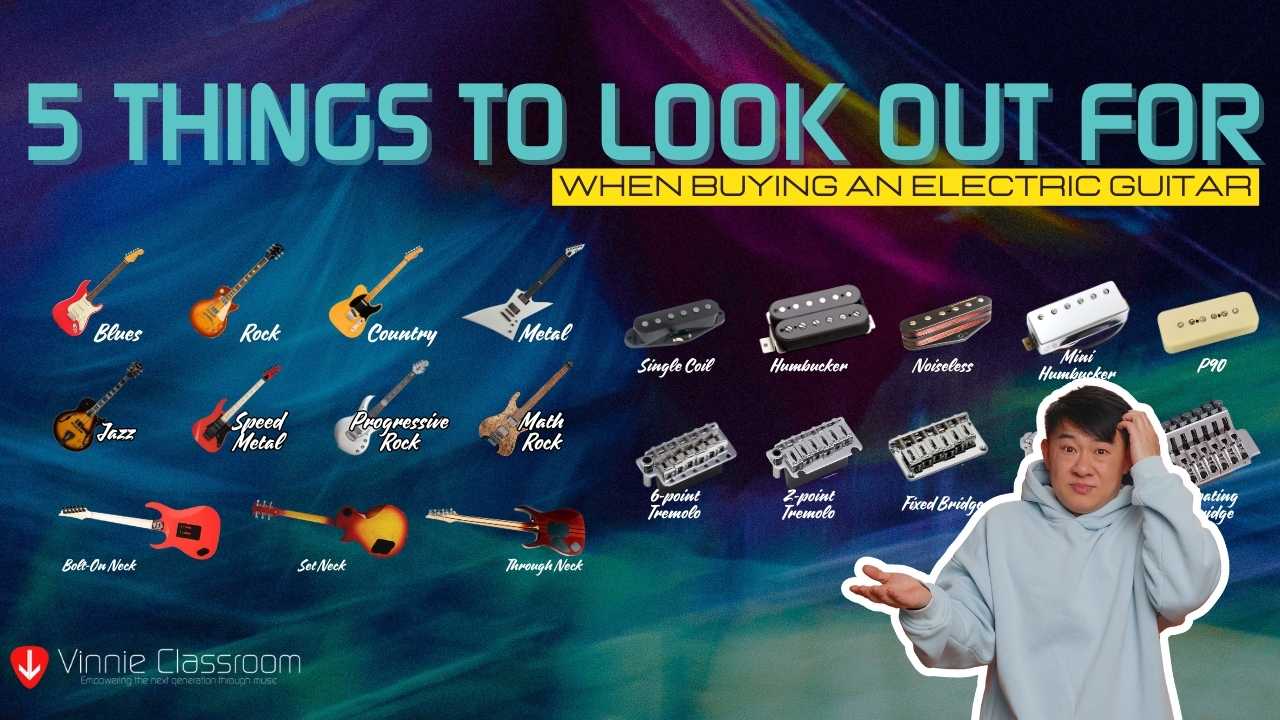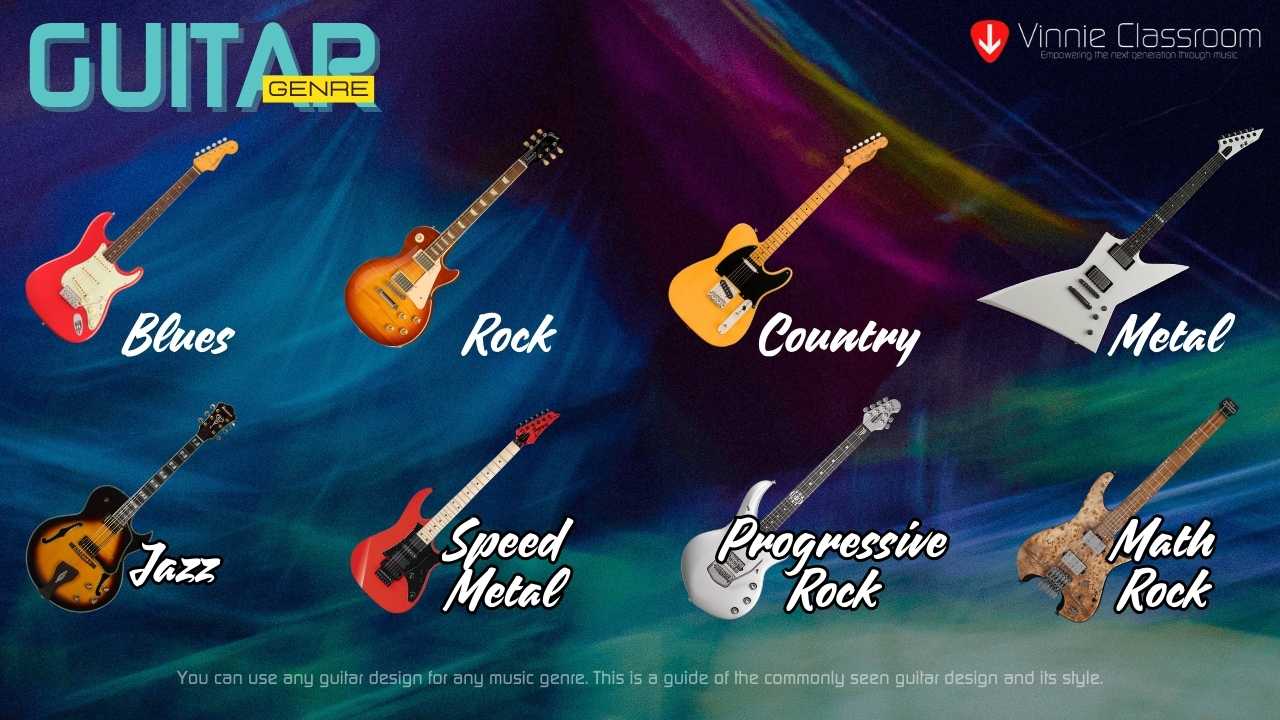
What instruments are those in China’s Ne Zha 2?

Music students taking music lessons in Singapore are mostly unfamiliar with those instruments and music written for China’s Ne Zha 2. Although approximately 75% of Singaporeans are ethnically Chinese, many of us know little about China’s rich artistic culture. Despite having four official languages—Mandarin, English, Malay, and Tamil—English remains the primary language for most people here.
Back in 1981, the Singapore government decided to phase out the use of Chinese dialects, promoting Mandarin as the standard language for Chinese Singaporeans. While this move improved Mandarin proficiency, it also led to a decline in our ability to communicate with the older generation. As a result, we gradually lost touch with the stories and arts of our Chinese heritage.
Curious about the music from the highest-grossing animated IMAX release, which also boasts a staggering box office of $1.9 billion? Read on!
Signing up with a music school for regular music lessons in Singapore can help you explore unique instruments around the world!
In Singapore, most of us don’t have easy access to unique cultural instruments. Local music stores typically offer a limited range, focusing on familiar options like the piano, guitar, and drums. However, choosing to learn these common instruments doesn’t mean you’ll miss out on exploring more distinctive sounds, like those featured in Ne Zha 2.
Music is a universal language—mastering one instrument can make understanding and learning another much easier!
We are a music school offering guitar lessons at Upper Thomson Road, Singapore. Signing up for guitar lessons with us means learning from a team with over 10 years of experience running a successful music school in Singapore. Over the years, we have refined our teaching methods to ensure they are engaging, effective, and tailored to suit students of all ages and skill levels. Our commitment to excellence goes beyond lessons—we organize annual recitals! It provides our guitar students with the opportunity to showcase their progress, build confidence, and experience the joy of performing.
Instruments used in China’s Ne Zha 2 are from various parts of China
In a recent interview, Halamuji 哈拉木吉 revealed that he incorporated numerous Mongolian instruments into the soundtrack of Ne Zha 2, China’s most popular movie. We’ll delve into those Mongolian instruments shortly.
The songs, performed using the captivating throat singing technique, evoke an otherworldly atmosphere unlike anything we’re used to hearing. The soundtrack also features music from the Dong ethnic group 侗族—a community most Singaporeans might be unfamiliar with. Considered a minority in China, the Dong people number around three million and primarily reside along the borders of Guizhou 贵州, Hunan 湖南, and Guangxi 广西 provinces.
Naturally, the soundtrack also includes familiar instruments commonly found in Chinese orchestras, such as the pipa 琵琶 and suona 唢呐!
Mongolian instruments formed the sound of China’s Ne Zha 2
Igil 伊克勒
The Igil is a two-stringed instrument commonly found in western Mongolia. Played with a bow, much like a cello, it produces a deep, rich, and low-pitched sound. Interestingly, the Igil actually originates from Tuva, a region in southern Siberia, Russia—which, as you might have guessed, borders Mongolia.
As Halamuji explained, throughout China’s long history, instruments from Western regions gradually spread across the country. This cultural exchange is why the Tuvan Igil has become an integral part of Mongolian music today.
Morin Khuur 马头琴(Horsehead Fiddle)
The Morin Khuur shares many similarities with the Igil—both are two-stringed, bowed instruments. However, what sets the Morin Khuur apart is the distinctive wooden carving of a horse’s head adorning the top of the instrument. This horse head holds cultural significance, with several legendary stories behind it, which you can explore further on Wikipedia.
Unlike traditional throat singing, Halamuji performs with the Morin Khuur using overtone singing, crafting a truly unique and captivating soundscape.
Can Mongolian music fuse with Western music?
I’m glad you asked! Before China’s Ne Zha 2, the world was blown away by The HU and their electrifying metal renditions. They stunned audiences by blending heavy metal with traditional instruments like the mouth harp, Morin Khuur, and throat singing—something no one had heard before! Honestly, their covers made Metallica’s songs sound even more powerful from our perspective!
Conclusion about these unique instruments found in China’s Ne Zha 2
While the unique instruments featured in Ne Zha 2 are fascinating and culturally rich, it’s still beneficial for people in Singapore to start with regular music lessons on more common instruments like the piano, guitar, or drums. These instruments provide a solid foundation in essential musical concepts such as rhythm, melody, and harmony—skills that are easily transferable to more unique instruments later on. By building this strong base, you’ll be better equipped to explore and appreciate the complexities of rare instruments while progressing faster in your musical journey. Starting with familiar instruments is a practical first step that opens the door to a world of musical possibilities!
Consider taking a Trial Lesson with us! I am sure with our decade-long experience, we will be of valuable help to you. Contact us through these easy channels! 🙂



